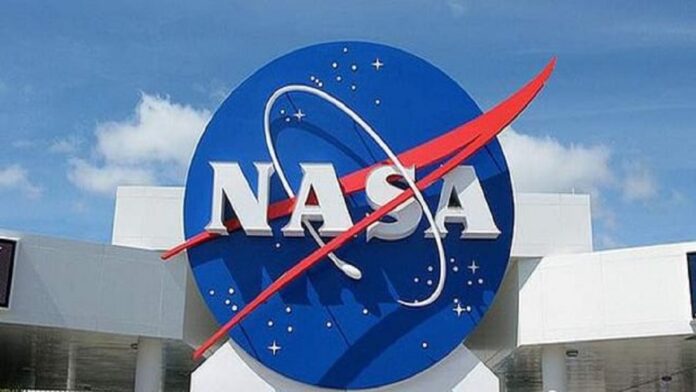
Plans are in motion for the independent agency of the U.S. federal government responsible for the civilian space program, space research, and aeronautic explorations NASA to take a first-time flight in February 2022.
NASA plans to launch spending people to the moon with its next-generation massive rocket, the Space Launch System. In other to achieve these feet, a lot of safety measures and tests are being arranged for the much-delayed vehicle to take its first flight.

The debut flight scheduled for next year is known as Artemis and is being recorded by NASA’s Artemis program as its first major flight. Once the first flight is guaranteed as successful, the SLS and Orion will prepare for the next mission which will be the Artemis II. Unlike the test mission which blew into space empty, Artemis II will carry NASA astronauts on a similar trajectory around the Moon.
According to The Verge, this program will culminate with landing the first woman and the first person of color on the surface of the Moon. During the Trump administration, Vice President Mike Pence challenged NASA to make this landing happen as early as 2024.
As interesting as NASA’s vision sound to the senses, questions have been raised regarding the timeline, given the complexity of the mission and numerous delays. Originally, 2017 was the first time NASA envisioned flying the SLS, but the debut date has continued to change consistently due to the challenges of improper management and cost overruns. Meanwhile, the SLS and Orion can’t bring people down to the surface of the Moon alone so a lunar lander is needed by NASA.
NASA contracted Elon Musk’s SpaceX to develop its new vehicle that will take people to the Moon’s surface, the vehicle is called Starship. With a lawsuit filed by SpaceX’s competition- Jeff Bezos’s Blue Origin (for not getting the contract) amongst other complicated challenges, the vehicle is far from completion. Before the lawsuit, Jeff Bezos in an open letter appealed to NASA Administrator Bill Nelson, he discusses plans to discount NASA to the tune of $2 billion in a bid to build the vehicle that will land the NASA astronauts on the moon.

Despite all the complicated processes NASA is currently experiencing, the space agency hasn’t given up, it’s still hopeful for the 2024 target date even with the transition into Joe Biden administration. “It’s a stretch, it’s a challenge, but the schedule is 2024,” says Bill Nelson a NASA administrator. Nelson recently shared the amount of work that needs to be done, as well as the obstacles that NASA needs to overcome. For now, NASA’s focus is Artemis I, the space agency is so focused on getting the spaceship off the ground.
Once success has been recorded, the space agency can now proceed to take measures for its fully stacked SLS to launch later in the year. Early next year, a wet dress rehearsal has been scheduled to be conducted with the mission team on the rocket. During the wet rehearsal the rocket will be filled with the same propellants required for flight but without igniting the rocket’s engines. Once the wet rehearsal is completed, NASA will then roll the rocket back to its hangar where further checks will happen before placing the rocket on the launchpad again ahead of the flight.
John Honeycutt, the SLS program manager at NASA’s Marshall Space Flight Center said during a press conference “I tell you I couldn’t be prouder of the team that got us to where we are today, despite the multiple challenges that we faced with COVID and major storms — most recently, Hurricane Ida — and the impacts that had on our testing facilities.”
According to reports Artemis I has been identified to have three different launch windows: Each in the months of February, March, and April. Each launch window is predicted based on how the Earth is moving about its axis and the Moon’s rotation around our planet. With the first window opening on February 12th, the timing dictates how long Artemis I will stay around the Moon, making the mission four weeks or six weeks long. Once Artemis I Mission is marked complete, Artemis II is supposed to have a set launch date for some time possibly 2023. NASA has not disclosed if the latest delays on Artemis I will impact Artemis II or not. Tom Whitmeyer, deputy associate administrator for exploration systems development at NASA, during the press conference, said “I think the agency is continuing to look at that; we’re evaluating the status of that mission.”
Source :Verge

